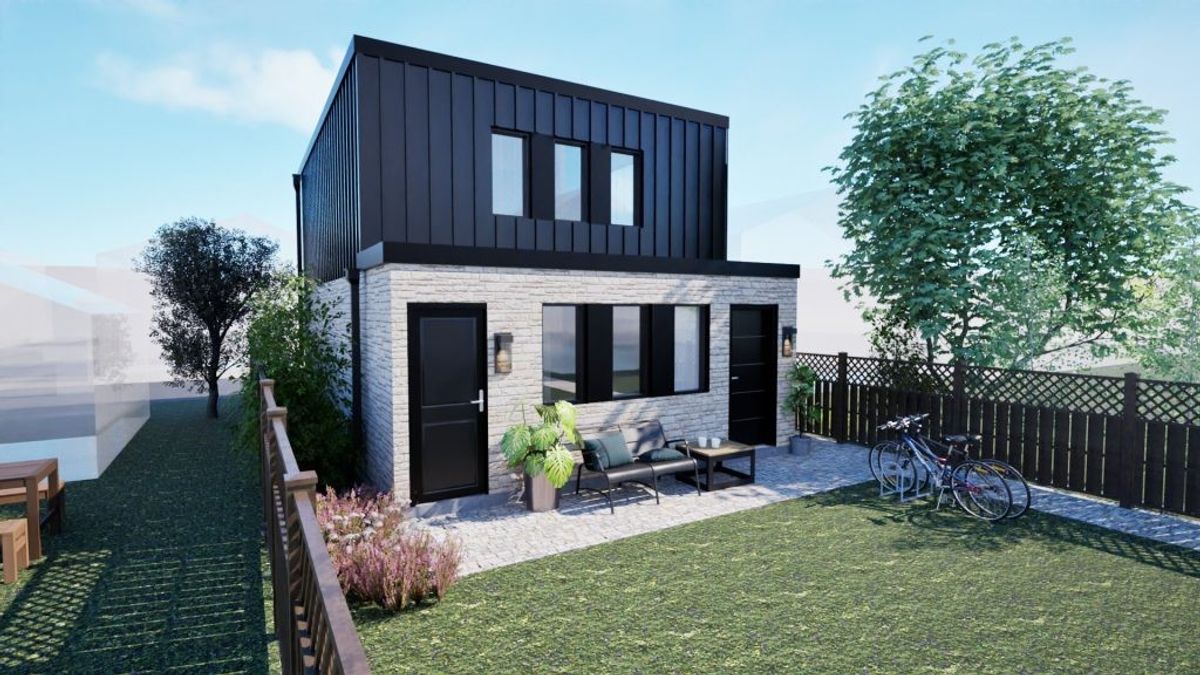New research has taken a deep dive into Toronto’s housing crisis, revealing the stark inequalities in the housing conditions of local renters.
The report, from Social Planning Toronto, is a "first-of-its-kind study," that maps spatial exclusion by racialized and immigrant status in Toronto’s wards.
Titled Spaces and Places of Exclusion: Mapping Rental Housing Disparities for Toronto’s Racialized and Immigrant Communities, the report sheds light on the deep racial, social, and geographic divides with communities of colour, newcomers, and refugees -- who are hardest hit by the housing crisis.
Researched and written by Beth Wilson (Social Planning Toronto), Naomi Lightman (University of Calgary), and Luann Good Gingrich (York University), the study uses individual census data records only available through Statistics Canada’s Research Data Centres to take a deep dive into Toronto’s rental housing crisis.
READ: A Fix for Toronto’s Housing Crisis Could Be Hiding in Plain Sight
“Toronto’s housing crisis is a story of growing geographic divides, economic inequality, and exclusion,” said Luann Good Gingrich, Associate Professor at York University.
“Our research shows housing disparities across Toronto’s 25 wards. For example, in terms of overcrowding, our data show that the problem is twofold: Areas of the inner suburbs, where there is more racial diversity, have the highest rates of overcrowding; but lower rates of overcrowding in the core reflect a different kind of exclusion, as the higher cost of smaller units makes downtown rental housing inaccessible to families or larger households. This dynamic contributes to intensifying racial segregation and spatial divides in Toronto — a reality laid bare by the COVID-19 pandemic.”
According to the research, this is Toronto's housing crisis by the numbers:
- 34%: The rate of core housing need for individuals in tenant households. Core housing need is an indicator of housing need where housing is unaffordable, unsuitable, and/or inadequate (in need of major repairs) and the household cannot afford alternative housing in the community, that meets all three standards.
- 33%: The rate of unsuitable housing - an indicator of overcrowding - for individuals in tenant households.
- 42%: The rate of affordable housing need among individuals in tenant households. Affordable housing need is defined as households that spend 30% or more of their income on shelter costs.
- 19%: The rate of deep affordable housing need among individuals in tenant households. Deep housing need is defined as households that spend 50% or more of their income on shelter costs.
- 10%: The percentage of individuals in tenant households who report living in housing in need of major repairs.
Among Toronto residents in tenant households, the research showed rates of affordable housing need are similarly high for racialized and non-racialized individuals, affecting just over two in five residents.
However, the rates are much higher for specific racialized populations in tenant households, including Korean, West Asian, Arab, and Chinese individuals, affecting more than half of each of these groups.
By contrast, the rate of overcrowding in rental housing is almost three times higher for racialized than non-racialized individuals in Toronto’s tenant households, with the highest rates among Filipino, South Asian, Arab, and West Asian populations, affecting 49% or more of each of these groups.

If the pandemic has taught us anything, it's that the critical need for safe, decent, and affordable housing needs to be recognized as a human right, social good, and social determinant of individual and public health.
"Our research findings make clear that Toronto’s housing crisis is not only a public health concern but also a matter of racial injustice and denial of immigrant rights. Our analysis highlights how social dynamics defined by immigration category and racialized status intersect to produce deep economic, spatial, and social inequities," reads the report.
The researchers said the emergence of the global health crisis has widened already disturbing divides while making it impossible to ignore that everyone is connected.
Looking ahead, the researchers say all orders of government have a responsibility to respond to the urgent housing needs, growing inequality, and intensifying segregation in Canadian cities.
You can read the full report here.





















